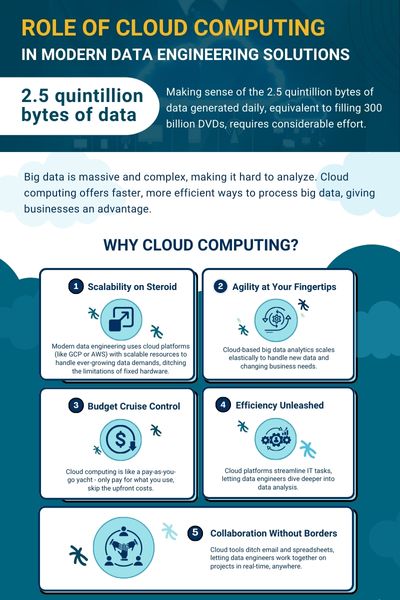Cybersecurity and Cloud Computing: Insights from Malcolm Shore 2015
In today's digitally driven world, cybersecurity and cloud computing have emerged as critical domains, influencing how businesses operate, store data, and ensure security. Malcolm Shore, a notable figure in IT infrastructure and security, provided profound insights in 2015 that still hold relevance. Let's delve into his thoughts and explore how these insights apply to modern-day cybersecurity and cloud computing practices.
Malcolm Shore's Perspective on Cybersecurity
Malcolm Shore emphasizes the dynamic nature of cybersecurity threats. He highlighted how:
- Cybersecurity needs to evolve as quickly as the technology itself.
- The human element remains one of the weakest links in security, despite advancements in technology.
- Organizations must not only secure their infrastructure but also educate employees to reduce the risk of breaches.
Evolving Threats
Shore pointed out that cybersecurity threats change with time. Hackers are continuously:
- Adopting new techniques.
- Developing sophisticated methods to infiltrate systems.
- Exploiting vulnerabilities as soon as they are discovered.
This has led to a shift where:
- Companies must invest in threat intelligence to anticipate attacks.
- Real-time monitoring and incident response capabilities have become vital.
Human Factor
Despite the technological advancements, Shore underlined that the human element often leads to security breaches. Common scenarios include:
- Phishing attacks where employees fall prey to fraudulent emails.
- Insider threats, whether intentional or accidental, leading to data leaks.
- Lack of awareness about cyber hygiene practices.
🔍 Note: Education remains a cornerstone in any cybersecurity strategy, as humans can be the weakest link or the strongest defense.
The Importance of Education
Shore's insight was clear:
- Regular training sessions for staff on cybersecurity best practices are crucial.
- Simulated phishing exercises can help employees recognize and respond to threats.
Malcolm Shore on Cloud Computing
Cloud computing, according to Shore, offers unparalleled scalability, flexibility, and cost benefits but brings its own set of security challenges. He explained:
- Cloud environments need specialized security measures due to their shared infrastructure.
- Data encryption both at rest and in transit is essential.
- Identity and Access Management (IAM) becomes pivotal for ensuring only authorized access to cloud resources.
Security in the Cloud
Shore highlighted that:
- Traditional security models don't always translate well to the cloud.
- Cloud Service Providers (CSPs) like AWS, Google Cloud, and Azure have introduced native security tools.
- Organizations need to ensure their security controls align with the shared responsibility model of cloud computing.
He also mentioned:
- The need for continuous security monitoring due to the dynamic nature of cloud resources.
- Effective IAM policies are non-negotiable to prevent unauthorized access.
The Shared Responsibility Model
Cloud computing security relies heavily on:
- The CSP to secure the underlying infrastructure.
- The user to secure their applications, data, and configurations.
Key Cloud Security Practices
Here are key security practices for cloud computing:

| Practice | Description |
|---|---|
| Encryption | Secure data both at rest and in transit. |
| Identity and Access Management (IAM) | Manage access through roles and permissions. |
| Network Security | Implement firewalls, VPNs, and secure network configurations. |
| Logging and Monitoring | Real-time monitoring and logging for rapid incident response. |
| Compliance | Adherence to regulatory standards and frameworks. |
📝 Note: While Cloud Service Providers handle certain aspects of security, organizations must still take proactive measures to secure their applications and data.
Malcolm Shore's insights from 2015 continue to resonate today as the digital landscape evolves. His emphasis on the adaptive nature of cybersecurity, the critical role of human behavior, and the distinct security considerations for cloud computing are just as relevant. Businesses leveraging his foresight can navigate the complexities of cloud security and maintain robust cybersecurity practices, ensuring that innovation and security go hand-in-hand.
What is the shared responsibility model in cloud computing?
+In cloud computing, the shared responsibility model means the Cloud Service Provider (CSP) is responsible for securing the infrastructure, while the user is responsible for securing their applications, data, and configurations.
Why is encryption important in cloud computing?
+Encryption is vital in cloud computing to secure data both at rest (when stored) and in transit (during transmission). It ensures that even if data is intercepted or accessed without authorization, it remains unreadable to unauthorized users.
How can employees contribute to better cybersecurity?
+Employees can contribute by following cybersecurity best practices such as recognizing and avoiding phishing attempts, securing their work devices, using strong passwords, understanding the importance of access controls, and promptly reporting any suspicious activities to the IT security team.


